Media
Transcript
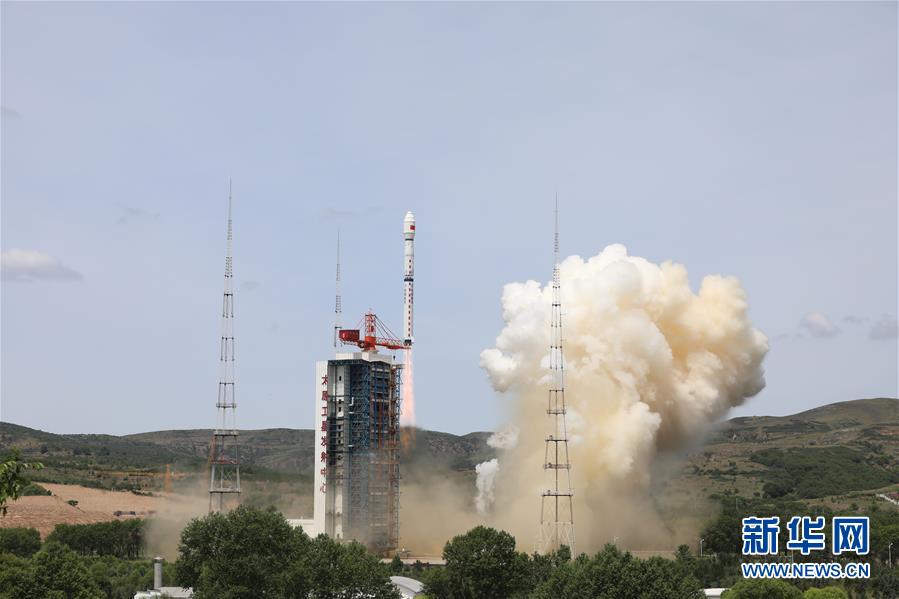
First up is China. On July 3 at 3:10 am UTC, a Long March 3B rocket launched from Taiyuan carrying two satellites to orbit.
The biggest payload of this launch was a multimode Gaofen, which is China’s “first optical remote sensing satellite with a sub-meter civilian resolution and multiple agile imaging modes,” according to a WeChat post by China Academy of Space Technology. The post went on to share that it will be mainly used for acquiring high-resolution images of China’s land and surrounding areas, mainly serving natural resources, emergency management, agriculture and rural areas, ecological environment, housing, forestry and grasslands, etc.
The passenger satellite was a CubeSat built by a group of middle schoolers.
Good news for Chinese cows: this particular rocket had multiple modifications made to it, including what the Shanghai Aerospace reports as “precise landing zone control technology.” For those of you wanting specifics, the technology involved yaw maneuvers being performed to change the path of each stage, making it possible to avoid populated areas. Once each stage is separated, it’s turned sideways a bit to use the air to help guide it to a designated spot, instead of trusting to luck.
Rocket Lab had “Pics or It Didn’t Happen”, and it didn’t happen.

Well, ok, it kind of happened.
On July 4 at 9:19 pm UTC, an Electron rocket took off, but there was an anomaly before the payload made it to orbit.
The first four minutes of the launch were perfectly nominal, and everything looked like it was going smoothly. Until it wasn’t.
At about five and a half minutes in, the telemetry numbers started looking a little weird approaching hot-swap: the speed of the rocket seemed to be decreasing, but the height of the rocket seemed to be increasing. At six minutes into the flight, the displayed video of the second stage’s speed and altitude appeared to freeze for about ten seconds. SAP Response Plan was called out at T+06:35. (No one seems to know what that callout meant other than it wasn’t nominal.) A few seconds later, it was announced that the video feed from the rocket was lost. The view then switched to a quiet control room. Both speed and altitude were still ticking – this time with the speed increasing but the altitude decreasing, which would be expected of an object falling back to Earth. Around T+7:45, the numbers were quietly removed from the live stream. Finally, a very long three minute shot of the control room, where quiet murmuring (T+8:22) gradually increased (T+10:30), before mics are seemingly cut (T+11:00). The webcast ended shortly afterward (T+11:22).
Rocket Lab hasn’t announced what went wrong other than an “issue occurred late in the flight during the 2nd stage burn.”
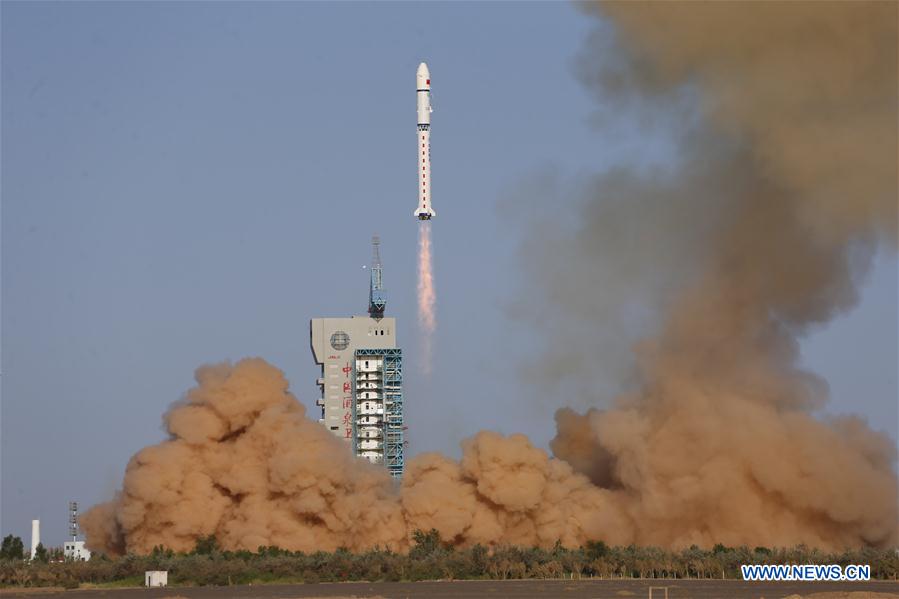
A few hours later that same day, China launched another SUPER SECRET satellite aboard a Long March 2D at 11:44 pm UTC.
According to Gunter’s Space Page, Shiyan 6 — also known as SY 6 or Experiment 6 — is an experimental Chinese satellite reportedly for studying the space environment. This was the second in a series of three satellites. No details of the satellites are known.
Next up: Israel.
With no advance notice given to public media outlets, the Israeli Defense Ministry launched a Shavit 2 rocket from Palmachim Airbase at 0100 GMT Monday 6 July (9 p.m. EDT Sunday), or at 4 a.m. local time in Israel. Aboard the 3-stage solid-fueled rocket was the Ofek-16 Earth observation satellite which will provide imagery for the Israeli military.
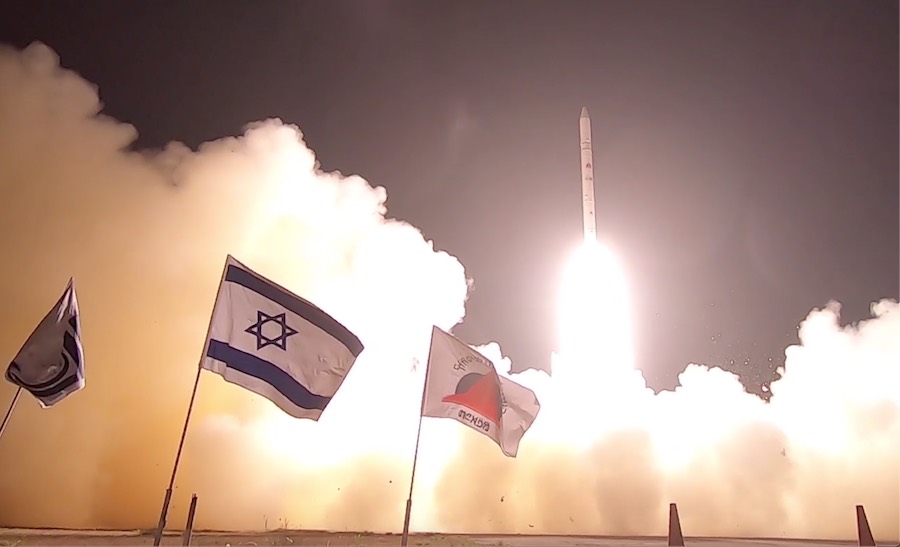
As with all launches from Israel, the rocket lifted off on a more or less east-to-west trajectory, taking it out over the Mediterranean Sea instead of over neighboring countries. This allows Israel to fly payloads to space without dropping rocket stages, failed payloads, and the like onto its neighbors by accident. The downside of this flight path is that the rocket uses more of its energy to counteract the rotational energy of the Earth, which in turn reduces its payload capacity by about half in the process.
The name “Ofek” means “Horizon,” and Ofek 16 is the ninth satellite in the Israeli-built series to fly successfully, but it’s the first to fly since 2016 when Ofek 11 launched from the same airbase. The intervening numbers in the series are not accounted for publicly, leaving the precise reason for the gap up to speculation, which is not surprising for a military reconnaissance satellite program. The Defense Ministry did announce yesterday that they had received the first of the satellite’s high-resolution images at their Yehud control station, indicating that the satellite was functioning as expected. It is supposedly capable of taking images up to fifteen square kilometers at a resolution of 0.5 meters from an altitude of 600 kilometers.
Next up: China again. On July 9 at 12:11 pm UTC, a Long March 3B rocket launched the APStar-6D into geosynchronous orbit at the 134⁰E orbital slot.
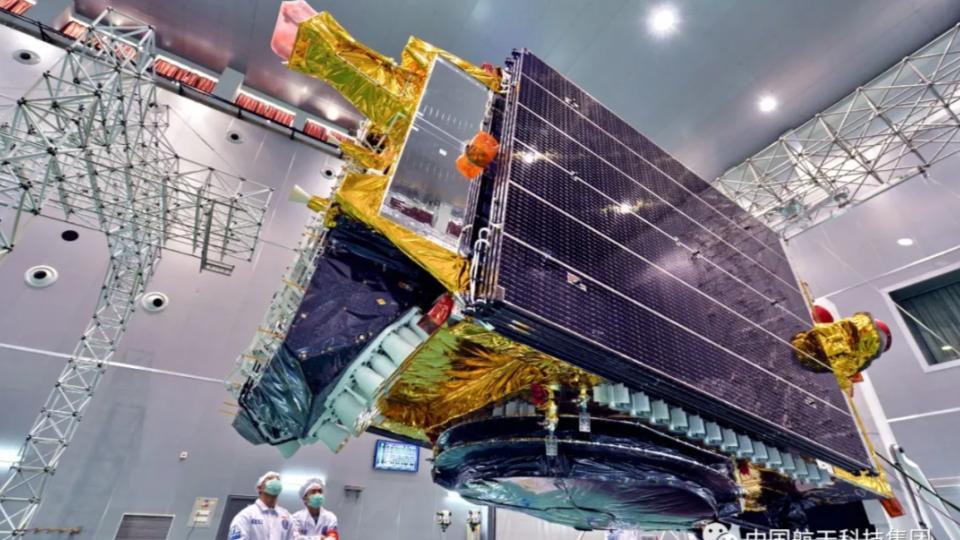
According to CASC, it is a high-throughput communication satellite. This means the satellite can have a higher bandwidth with faster speed and that receivers are more portable. Specifically, it “is capable of providing hundreds of [megabits per second] broadband services for airlines, or thousands of [megabits per second] broadband services for maritime ships and cruise ships,” according to a press release from operator APStar.
APStar-6D is equipped with electric propulsion, which saves on launch mass since the satellite doesn’t have to pack nearly as much of its own fuel. This is great because this satellite is massive, weighing in at 5550 kilograms (approximately 2775 2-liter soda bottles). Five thousand five hundred and fifty kilograms also happens to be the upper limit of the lifting capabilities of the Long March 3B, so there literally wasn’t room for things like LOX or hydrazine or the extra plumbing and moving parts needed for more traditional thrusters.
The satellite is expected to stay in orbit for 15 years.
Lu Shen at Guangming Daily reported that “this launch mission did not cause casualties and major property losses.”
Finally, on July 10 at 4:17 am, the very first Kuaizhou 11 rocket launched from Jiuquan Satellite Launch Center in northern China.

Kuaizhou is a family of Chinese “quick-reaction” orbital launch vehicles that have been in use since 2013. The name “Kuai Zhou” stands for “fast vessel”.
Originally planned for its first flight in 2018, the Kuaizhou-11 (KZ-11) is a commercial three-stage launch vehicle that is launched from a transporter-erector-launcher, also known as a TEL. The three stages are solid-fueled and are thought to be based on the DF-31 missile.
The first two stages appear to have performed properly, but the third stage reportedly failed to ignite, resulting in the loss of both payloads:
- Jilin-1 Gaofen-02E (BilibiliSat): one of a series of Chinese commercial remote sensing satellites for high definition video in the Jilin-1 constellation, which is owned by the Chang Guang Satellite Technology Co. It featured an imaging system with a resolution of 0.75 meters in panchromatic mode, better than 3 meters in multispectral mode, an image swath of 40 km from a 535 km high orbit. The satellites operate in push-broom mode and are capable of imaging up to 45 degrees off-track.
- CentiSpace-1 S2 (Xiangrikui 2): a Chinese commercial small satellite belonging to a Beijing-base company called Future Navigation. The satellite was to test GNSS augmentation techniques, including a laser inter-satellite communication link. This satellite’s predecessor, CentiSpace-1 S1 (Xiangrikui 1) was launched in 2018 on a Kuaizhou-1A.
To wrap things up, here’s a running tally of a few spaceflight statistics for the current year:
Toilets currently in space: 4
Toilets burned up: 2
Total satellites humans put into orbit: 552 (includes those launched from other in-orbit craft, such as the ISS)
Total satellites from launches: 536
Total 2020 launch attempts: 52 (including 7 failures)
I keep track of orbital launches by where they launched from, also known as spaceport. Here’s that breakdown:
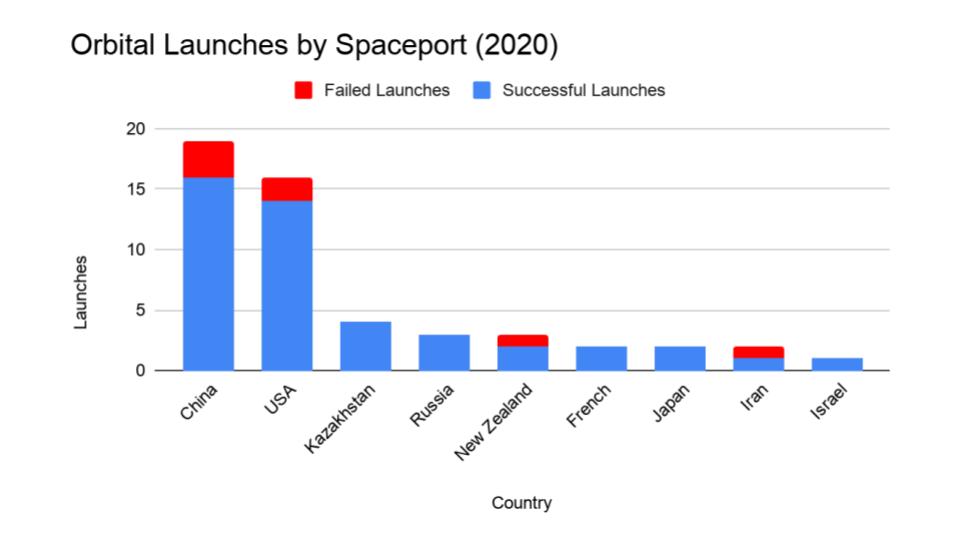
China: 19
USA: 16
Kazakhstan: 4
Russia: 3
New Zealand: 3
French Guiana: 2
Japan: 2
Iran: 2
Israel: 1
Your useless space fact for the week comes to us from community member Ambious, who shares: It’s impossible to observe the Shabbat in low Earth orbit because it’s defined as ‘sunset to sunrise’ which happens so often during the actual day that it loses meaning. Instead, Jews in space are instructed to keep their clock to Jerusalem time.
Learn More
The high-resolution multi-mode satellite and the popular science satellite Xibaipo were successfully launched
- CAST WeChat article (Chinese)
- Shanghai Aerospace WeChat article (Chinese)
- Xinhua news article (Chinese)
- Spaceflight Now article
Rocket Lab Mission Fails to Reach Orbit
China launches satellite for space environment study
- Xinhua news article
- Shiyan 6 info page (Gunter’s Space Page)
Israel successfully launches Ofek 16 spy satellite into space
- Jerusalem Post news article
- Israel’s Defense Ministry receives first images from Ofek 16 satellite (Jerusalem Post)
- Israel Ministry of Defense press release (Hebrew)
- Spaceflight Now article
Successful Launch of APSTAR-6D Satellite
- APT Mobile Satcom Limited press release
- CAST WeChat article (Chinese)
- APStar-6D info page (Gunter’s Space Page)
China’s Kuaizhou-11 carrier rocket fails in maiden flight
- Xinhua news article
- Spaceflight Now article
- Kuaizhou-11 info page (Gunter’s Space Page)
Credits
Host: Annie Wilson
Writers: Annie Wilson, Dave Ballard, Gordon Dewis, Ally Pelphrey
Audio and Video Editing: Ally Pelphrey
Content Editing by Beth Johnson
Executive Producer: Pamela Gay
Intro and Outro music by Kevin MacLeod, https://incompetech.com/music/


 We record most shows live, on Twitch. Follow us today to get alerts when we go live.
We record most shows live, on Twitch. Follow us today to get alerts when we go live.